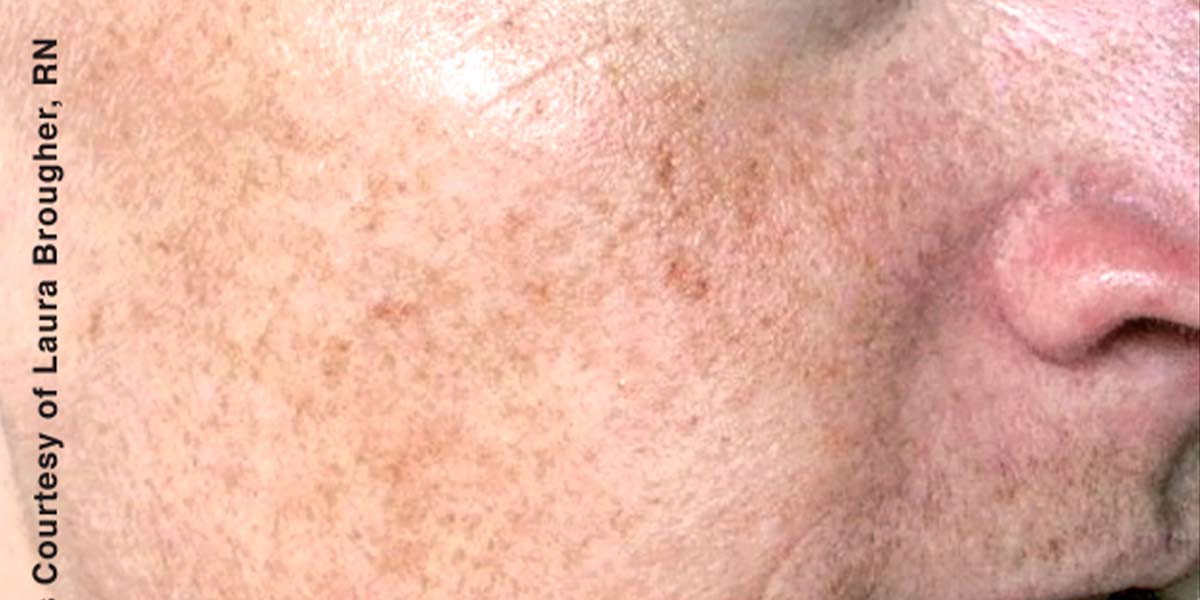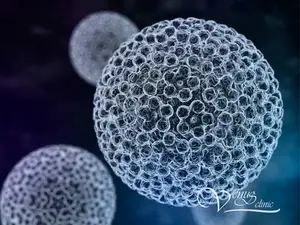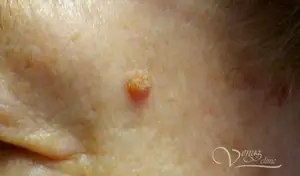
Photoaging: Causes and Treatment
Photoaging of the skin - aging of the skin under the influence of ultraviolet rays in the composition of sunlight, which is manifested by the appearance of pigmentation, pathologically dilated blood vessels and wrinkles.
Main manifestations
- fine mesh wrinkles
- age spots, solar lentigo
- rosacea

The photo shows a clear confirmation of the negative effect of sunlight on the skin. In the photo there are two twin sisters: on the left is a resident of the city, who has not been exposed to frequent exposure to ultraviolet rays; on the right - a woman from the countryside who spent a lot of time in the open sun.
Photoaging is the main cause of skin aging
70% of skin aging is due to exposure to ultraviolet radiation in sunlight. When exposed to ultraviolet radiation, the DNA of cells, lipids of cell membranes, protein molecules - enzymes, collagen, elastin are damaged. The most common DNA damage is the formation of pyrimidine dimers, when adjacent nucleic bases of the same strand are connected to each other. A defective DNA molecule is unable to perform its functions. If DNA damage is insignificant and can be corrected by our own systems, then cell death does not occur. Damage to enzyme systems and inhibiting factors leads to an increase in the concentration of collagenase and gelatinase (their synthesis increases), as well as to an increase in their activity (due to damage to inhibiting factors. This leads to a shift in the balance between the processes of collagen and elastin synthesis (fibroblasts) and their destruction (collagenase, gelatinase) As a result, the processes of collagen destruction prevail over the synthesis processes, which leads to a decrease in the reserves of collagen and elastin in the superficial layers of the dermis. Such changes lead to a decrease in the thickness and density of the dermis, which is a risk factor for the appearance of new and deepening of existing wrinkles.
In ultrasound examination, these processes appear as a decrease in the density and homogeneity of collagen in the surface layer of the dermis compared to the deep layer.
During external examination, the signs of photoinduced aging are dry skin and the presence of "fine mesh" wrinkles. There is also the concept of "photodamage", the signs of which are the presence of blood vessels on the face (rosacea), age spots (lentigo), elastosis.
Treatment
For signs of photoaging, procedures are shown:






